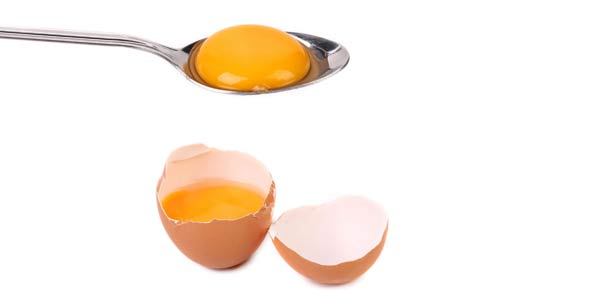Digestion Of Lipids Unit 3

Quizzing myself for Test 3
Questions and Answers
- 1.
__ percent of fat is absorbed
- A.
83
- B.
85
- C.
90
- D.
93
- E.
95
Correct Answer
E. 95Explanation
The given options represent different percentages of fat that are absorbed. The correct answer is 95, which means that 95% of fat is absorbed.Rate this question:
-
- 2.
In the stomach this is produced, which only works in an acidic environment:
- A.
Pancreatic Lipase
- B.
Gastric Lipase
- C.
Gastric Lipade
- D.
Pancreatic Lipade
- E.
Colipase
Correct Answer
B. Gastric LipaseExplanation
Gastric lipase is produced in the stomach and works specifically in an acidic environment. It is an enzyme that aids in the breakdown of dietary fats into smaller molecules called fatty acids and glycerol. This process occurs primarily in the stomach before the food moves to the small intestine for further digestion and absorption. Pancreatic lipase, on the other hand, is produced in the pancreas and works in the small intestine. Therefore, the correct answer is Gastric Lipase.Rate this question:
-
- 3.
The Enzymes Pancreatic Lipase and Colipase breakdown lipids to
- A.
CCK
- B.
Lipoprotein
- C.
Monoglycerides
- D.
Fatty Acids
- E.
Plaque
Correct Answer(s)
C. Monoglycerides
D. Fatty AcidsExplanation
Pancreatic lipase and colipase are enzymes involved in the breakdown of lipids. Lipids are large molecules that cannot be directly absorbed by the body. Pancreatic lipase acts on triglycerides, which are the main form of dietary fat, and breaks them down into monoglycerides and fatty acids. These smaller molecules can then be absorbed by the body and used for energy or stored as fat. Therefore, the correct answer is monoglycerides and fatty acids.Rate this question:
-
- 4.
Lipids are chemically broken down and then pieced back together as a ____________
Correct Answer(s)
Triglyceride
triglycerideExplanation
Lipids are chemically broken down and then pieced back together as triglycerides. Triglycerides are a type of lipid molecule that consists of three fatty acid chains attached to a glycerol molecule. This process of breaking down and reassembling lipids into triglycerides is important for energy storage in the body.Rate this question:
- 5.
_____________ are a type of lipoprotein that only comes from _________ cells. They are reformed triglycerides.
Correct Answer(s)
Chylomicrons, intestinalExplanation
Chylomicrons are a type of lipoprotein that are formed in intestinal cells. They are responsible for transporting dietary fats, specifically triglycerides, from the intestines to other tissues in the body. Chylomicrons play a crucial role in the absorption and utilization of dietary fats by the body.Rate this question:
- 6.
Chlyomicrons are
- A.
VLP
- B.
VLDL
- C.
VVLDL
- D.
HDL
Correct Answer
C. VVLDLExplanation
Chylomicrons are large, triglyceride-rich lipoprotein particles that are formed in the intestine after the absorption of dietary fats. They are responsible for transporting dietary fats, such as triglycerides, to various tissues in the body. Chylomicrons are considered to be the largest lipoprotein particles and have the lowest density among all lipoproteins. Therefore, the correct answer is VVLDL (Very Very Low-Density Lipoprotein), which indicates that chylomicrons are even larger and have lower density than VLDL (Very Low-Density Lipoprotein).Rate this question:
-
Quiz Review Timeline +
Our quizzes are rigorously reviewed, monitored and continuously updated by our expert board to maintain accuracy, relevance, and timeliness.
-
Current Version
-
Mar 22, 2023Quiz Edited by
ProProfs Editorial Team -
Mar 28, 2010Quiz Created by
Colleennicole
 Back to top
Back to top


